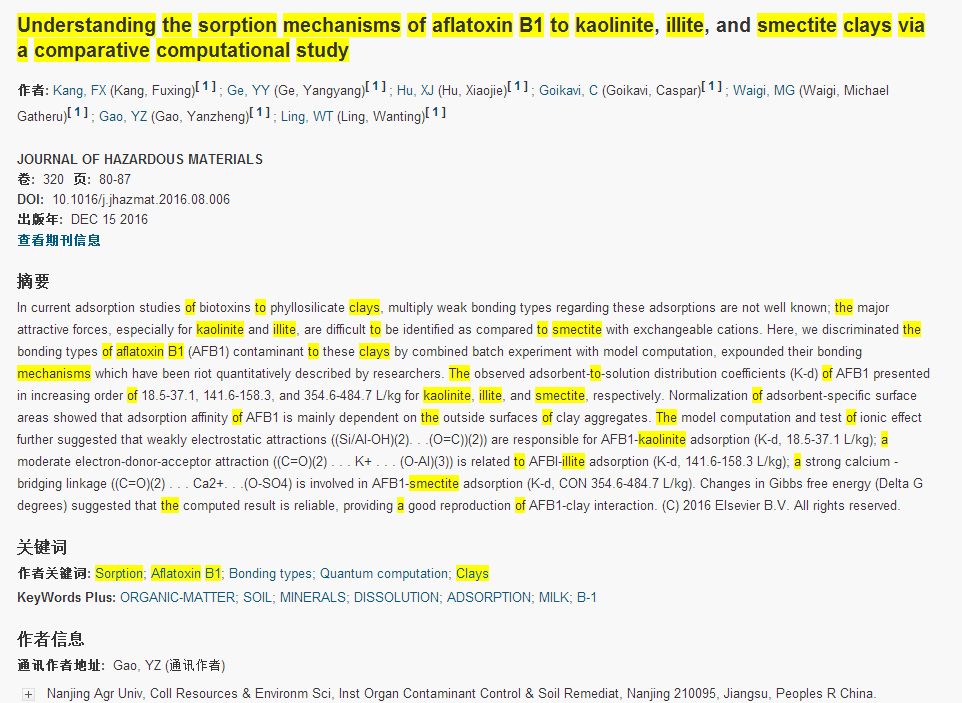Understanding the Concept of a Teacher's Pet: Definition, Traits, and Impact on Classroom Dynamics
Guide or Summary:Definition of Teacher's PetCharacteristics of a Teacher's PetImpact of Teacher's Pet DynamicsBalancing Classroom FavoritismDefinition of Te……
Guide or Summary:
- Definition of Teacher's Pet
- Characteristics of a Teacher's Pet
- Impact of Teacher's Pet Dynamics
- Balancing Classroom Favoritism
Definition of Teacher's Pet
The term "teacher's pet" is often used to describe a student who is favored by a teacher. This favoritism can manifest in various ways, such as receiving more attention, praise, or leniency compared to other students. While the term can carry a negative connotation, implying that the student is overly eager to please or is undeserving of their status, it also reflects a complex dynamic in the classroom environment.
Characteristics of a Teacher's Pet
Typically, a teacher's pet exhibits certain traits that set them apart from their peers. These may include:
1. **High Academic Performance**: Teacher's pets often excel in their studies, demonstrating a strong understanding of the material and a commitment to learning. Their academic achievements can reinforce their status in the eyes of the teacher.
2. **Positive Attitude**: These students usually display enthusiasm for class activities and a willingness to participate in discussions. Their eagerness to engage can make them more likable to teachers.
3. **Compliance and Dependability**: Teacher's pets often follow rules and instructions closely, making them reliable in the eyes of educators. This compliance can lead to a perception of them as role models for other students.

4. **Social Skills**: Many teacher's pets possess strong interpersonal skills, allowing them to build rapport not only with teachers but also with classmates. This social adeptness can further enhance their standing in the classroom.
5. **Extra-Curricular Involvement**: Participation in school activities, clubs, or organizations can also contribute to a student's status as a teacher's pet. Their involvement often showcases their dedication to the school community.
Impact of Teacher's Pet Dynamics
The presence of a teacher's pet can significantly influence classroom dynamics. While it may foster a positive relationship between the teacher and the favored student, it can also create tension among peers. Other students may feel resentment or jealousy, perceiving the teacher's pet as receiving unfair advantages. This dynamic can lead to social stratification within the classroom, where certain students are seen as more deserving of attention and praise.
Moreover, the label of "teacher's pet" can have lasting effects on a student's self-esteem and social identity. Some students may embrace the title, using it to bolster their confidence and motivation. Others, however, may feel stigmatized, leading to feelings of isolation or anxiety about their relationships with classmates.

Balancing Classroom Favoritism
For educators, it is crucial to recognize the implications of favoritism in the classroom. While it is natural to connect with certain students, teachers should strive to maintain an equitable environment that promotes inclusivity and fairness. Strategies for balancing classroom dynamics include:
1. **Encouraging Participation from All Students**: Teachers can implement strategies that ensure every student has an opportunity to contribute, such as round-robin discussions or small group activities.
2. **Recognizing Diverse Strengths**: By acknowledging different talents and abilities, teachers can help all students feel valued, reducing the likelihood of resentment toward a teacher's pet.
3. **Providing Constructive Feedback**: Offering individualized feedback to all students can help them understand their strengths and areas for improvement, fostering a growth mindset.

4. **Creating a Supportive Environment**: Teachers should promote a classroom culture that emphasizes collaboration and mutual respect, encouraging students to support one another rather than compete for favor.
5. **Reflecting on Personal Biases**: Educators should be aware of their own biases and strive to treat all students with fairness and respect, regardless of their academic performance or behavior.
In conclusion, the concept of a teacher's pet is multifaceted, encompassing both positive and negative aspects. Understanding its definition, characteristics, and impact on classroom dynamics is essential for educators and students alike. By fostering an inclusive environment that values each student's contributions, teachers can mitigate the potential drawbacks of favoritism and promote a more harmonious classroom atmosphere.